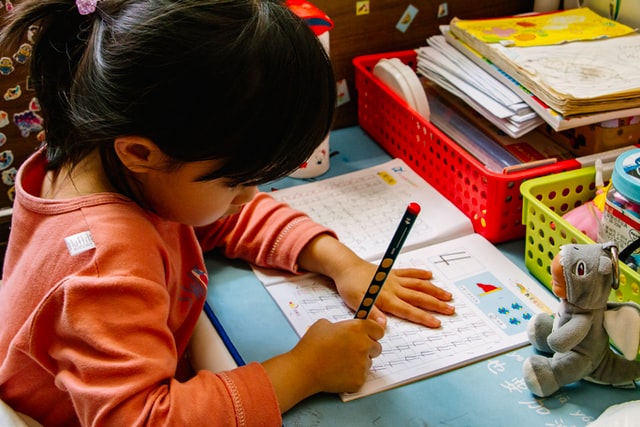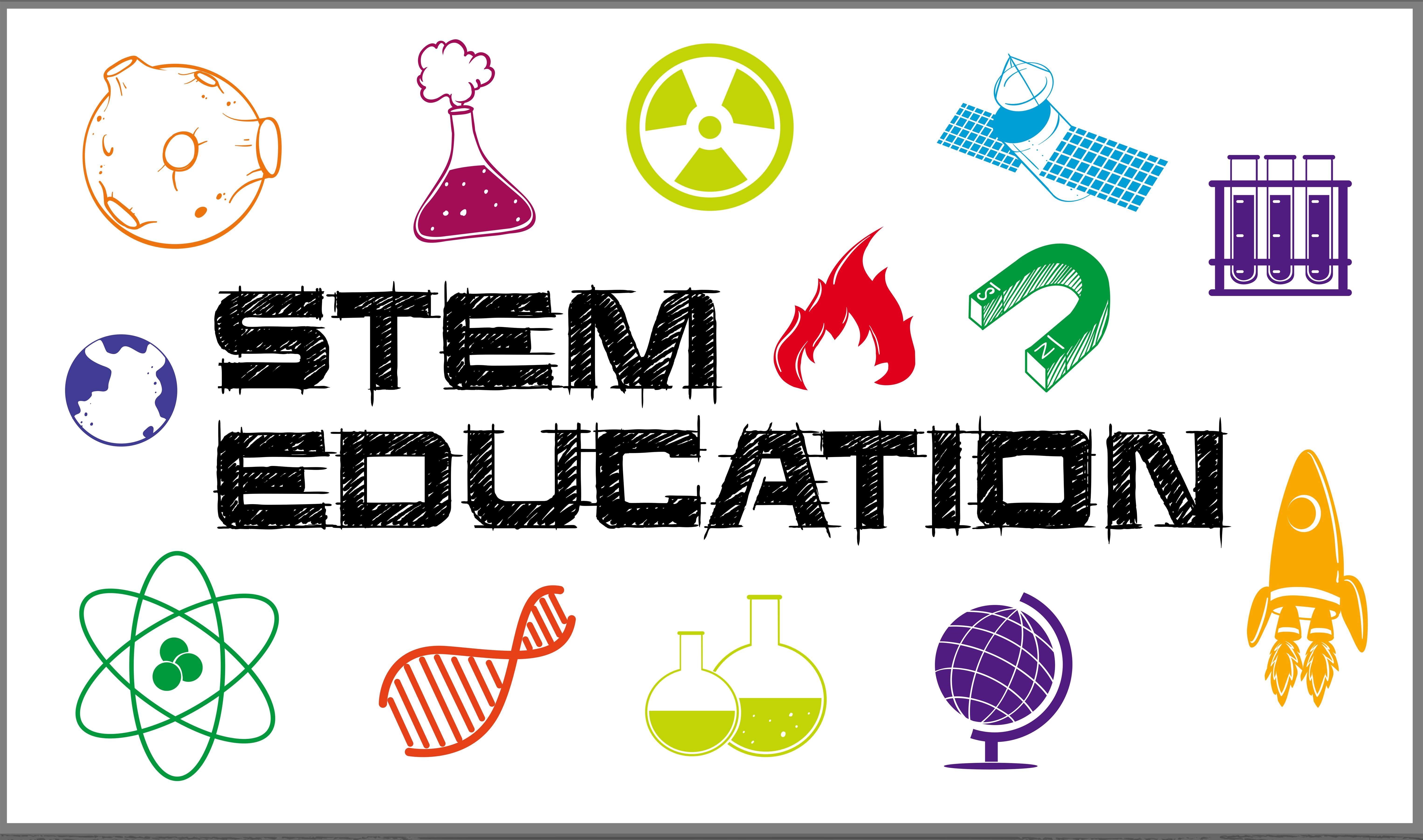How Can You Take the Distance Out of Distance Learning?
 Photo by Solen Feyissa on Unsplash
Photo by Solen Feyissa on Unsplash
Distance learning has provided thousands of students the chance to increase their knowledge on a chosen subject in an accessible and flexible way. During the fall semester of 2014; 5,750,417 students in the U.S. were enrolled in a postsecondary distance learning course. It is clear that distance learning creates opportunities for young adults and professionals that previously weren’t available. However, while students often praise the flexibility of distance learning, they also comment on the isolation that distance learning students can experience.
- 0 Comments
- Dec 28, 2020 10:00:00 AM
- Posted by Natalia Galvis
- Topics: EdTech, STEM, Curriculum, teachers, students, Technology, Edchat, Digital Technology, teaching, online, lessons, eLearning
How to Teach Critical Thinking Skills Online
 Photo by Lou Levit on Unsplash
Photo by Lou Levit on Unsplash
The COVID-19 pandemic has revealed new challenges around teaching essential skills such as critical thinking—here are some strategies to help.
- 0 Comments
- Dec 24, 2020 10:00:00 AM
- Posted by Natalia Galvis
- Topics: EdTech, STEM, Curriculum, teachers, students, Technology, Edchat, Digital Technology, teaching, online, lessons, eLearning
What will be the EdTech Trends in 2021?
 Photo by Javier Quesada on Unsplash
Photo by Javier Quesada on Unsplash
The year 2020 will be remembered as the year when social distancing has changed the landscape of education.
Any predictions we can make about the educational technology trends for 2021 must take this into account: the first few months of the year, at least, will be more of the same, but this time, with the added gift of experience.
Most people will agree that schools were unprepared for such a large-scale shift, and that while using technology to support learning can be a new and exciting opportunity, a forced switch without an adequate transition period was traumatic for everyone.
This time, however, teachers have learnt a few lessons of their own: blended learning is the keyword of EdTech trends and the mistakes made in 2020 will be something to build upon in 2021.
- 0 Comments
- Dec 23, 2020 10:00:00 AM
- Posted by Natalia Galvis
- Topics: EdTech, STEM, Curriculum, teachers, students, Technology, Edchat, Digital Technology, teaching, online, lessons, eLearning
3 Reasons why AI Could be Your New Teaching Sidekick
 Photo by Hitesh Choudhary on Unsplash
Photo by Hitesh Choudhary on Unsplash
Artificial Intelligence, or AI, is a relatively new technological advancement becoming increasingly popular in the classroom. There are plenty of reasons for this. For example, AI is much better at explaining and describing abstract concepts to students than actual teachers.
In this article, we will be discussing why AI can be used as a sidekick for teachers in the classroom.
- 0 Comments
- Dec 22, 2020 10:00:00 AM
- Posted by Natalia Galvis
- Topics: EdTech, STEM, Curriculum, teachers, students, Technology, Edchat, Digital Technology, teaching, online, lessons, eLearning
How to Guide Students to a Deep Understanding of Math Concepts
 Photo by Antoine Dautry on Unsplash
Photo by Antoine Dautry on Unsplash
- 0 Comments
- Dec 21, 2020 10:00:00 AM
- Posted by Natalia Galvis
- Topics: EdTech, STEM, Curriculum, teachers, students, Technology, Edchat, Digital Technology, teaching, online, lessons, eLearning
How to Make Virtual STEM Lessons More Engaging for Young Learners
 Photo by Jason Sung on Unsplash
Photo by Jason Sung on Unsplash
These easy-to-implement strategies can make science, technology, engineering, and math lessons come alive for elementary students.
- 0 Comments
- Dec 18, 2020 10:00:00 AM
- Posted by Natalia Galvis
- Topics: EdTech, STEM, Curriculum, teachers, students, Technology, Edchat, Digital Technology, teaching, online, lessons, eLearning
COVID learning loss has substantially impacted math gains
 Photo by Jeswin Thomas on Unsplash
Photo by Jeswin Thomas on Unsplash
COVID learning loss, especially in math, presents challenges for students and educators moving forward.
- 0 Comments
- Dec 17, 2020 10:00:00 AM
- Posted by Natalia Galvis
- Topics: EdTech, STEM, Curriculum, teachers, students, Technology, Edchat, Digital Technology, teaching, online, lessons, eLearning
6 Ways to Create Engagement During Online Learning
By Devin Partida
 Image by Mudassar Iqbal from Pixabay
Image by Mudassar Iqbal from Pixabay
Online education has already made many advancements in the past year. With more schools than ever going online, it’s important to think about new ways to engage your students and keep them learning at the top of their game, even without the benefit of an in-person classroom.
While learning online may not have all the same features of an in-person school, there’s a lot you can do to make the experience beneficial for all your students.
- 0 Comments
- Dec 16, 2020 10:00:00 AM
- Posted by Natalia Galvis
- Topics: EdTech, STEM, Curriculum, teachers, students, Technology, Edchat, Digital Technology, teaching, online, lessons, eLearning
'The Robot made me do it': Robots Encourage Risk-taking Behaviour in People
 Image source by: University of Southampton
Image source by: University of Southampton
New research has shown robots can encourage people to take greater risks in a simulated gambling scenario than they would if there was nothing to influence their behaviours. Increasing our understanding of whether robots can affect risk-taking could have clear ethical, practiCal and policy implications, which this study set out to explore.
- 0 Comments
- Dec 15, 2020 10:00:00 AM
- Posted by Natalia Galvis
- Topics: EdTech, STEM, Curriculum, Pepper, teachers, students, programming, Technology, Edchat, Digital Technology, teaching, online, lessons, eLearning
3 Ways Online STEM Education Combats the COVID slide
By Michael Bodekaer Jensen.
 Image by: https://www.vecteezy.com/
Image by: https://www.vecteezy.com/
Learning may have moved online for most students, but critical STEM education doesn't have to suffer the learning gaps brought on by the COVID slide--here's why
- 0 Comments
- Dec 14, 2020 10:00:00 AM
- Posted by Natalia Galvis
- Topics: EdTech, STEM, Curriculum, teachers, students, Technology, Edchat, Digital Technology, teaching, online, lessons, eLearning
Relevant Posts
Popular Posts
Subscribe to Email Updates
-
I Want To Learn MoreADDITIONAL INFORMATION


